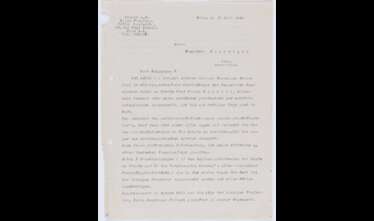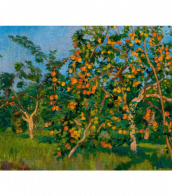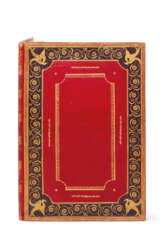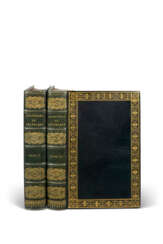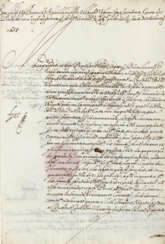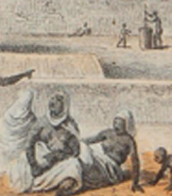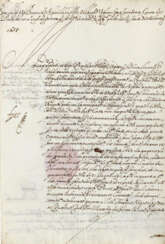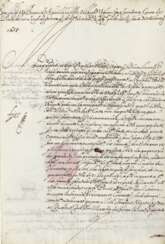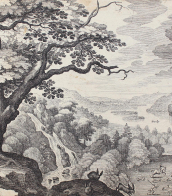conte de fée
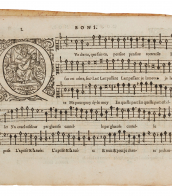
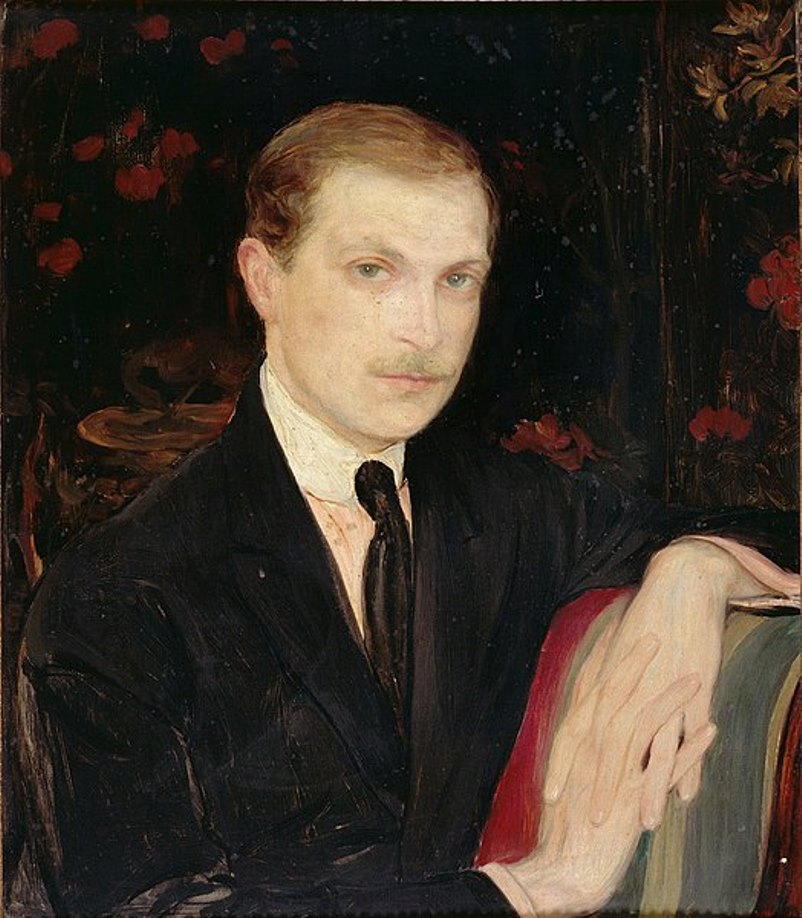
George Barbier was a French artist and illustrator, fashion designer, who influenced the development of the Art Deco movement.
George Barbier studied painting at the École Nationale Supérieure des Beaux-Arts in Paris. Initially he worked as an illustrator for several famous Parisian fashion magazines, and gradually his drawings began to define the style of women's clothing. The emergence of the Art Nouveau style moved Barbier to create luxurious fashions for cabarets, theaters, and movies. He depicted extravagant theatrical costumes with sparkling rhinestones, high headdresses and huge plumes. Barbier created stage costume designs for Diaghilev's famous Russian Ballet.
He also illustrated catalogs and many literary works, including works by Charles Baudelaire and P. Verlaine, and was an author and designer of jewelry.
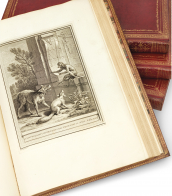
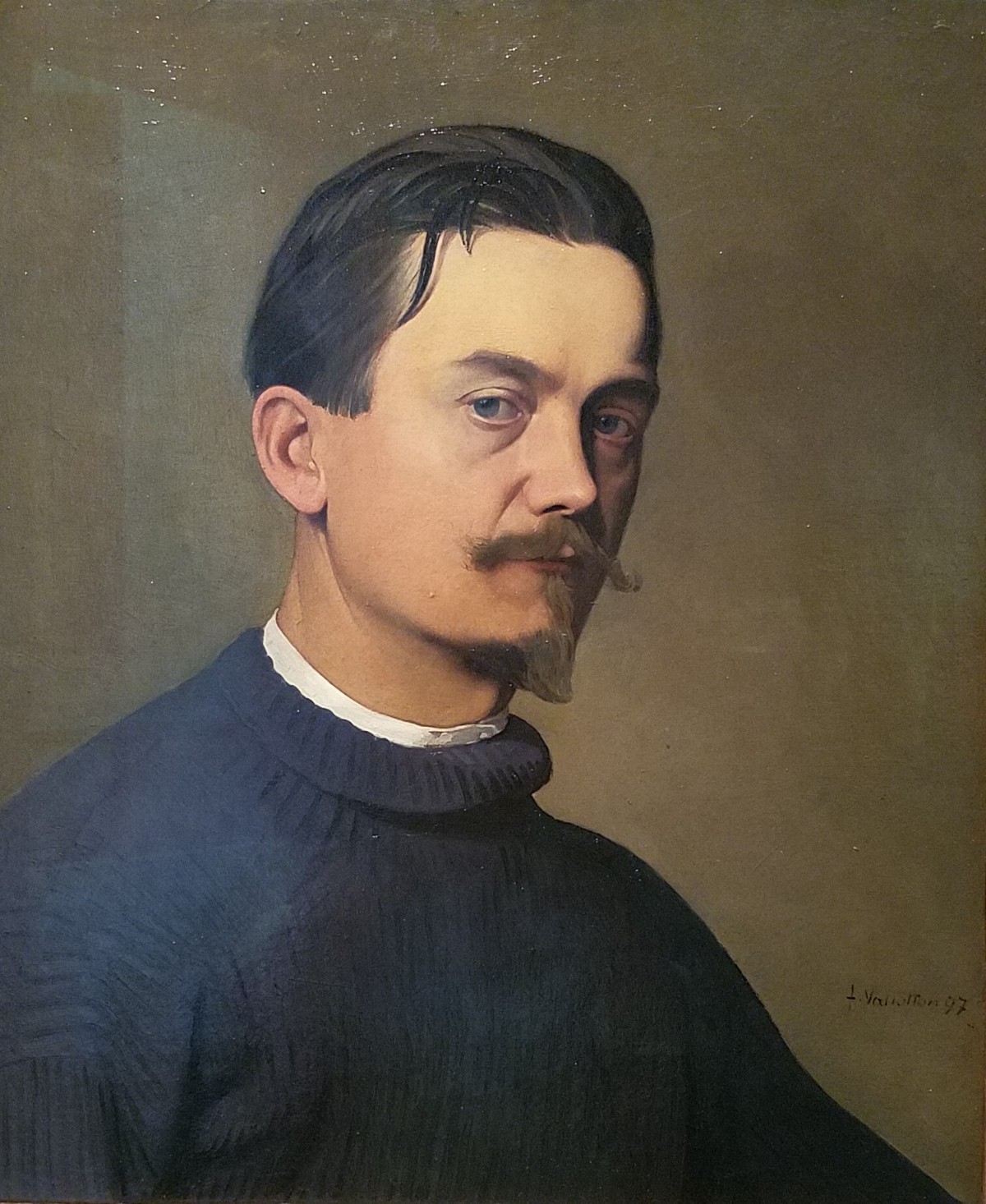
Félix Vallotton, a Swiss-born French graphic artist and painter, is recognized for his distinctive woodcuts and paintings of nudes and interiors. Vallotton's journey into art began in Paris, where he attended the Académie Julian, fostering a unique style that broke from traditional norms. His early works, characterized by extreme realism, were showcased at the Salon des Artistes Français and the Paris Universal Exposition of 1889. This period also marked Vallotton's encounter with Japanese prints, notably those by Hokusai, profoundly influencing his artistic direction.
In 1892, Vallotton joined Les Nabis, a group of avant-garde artists including Pierre Bonnard, Maurice Denis, and Édouard Vuillard, which led to a significant evolution in his style. His paintings from this era, such as "Bathers on a Summer Evening" and "Moonlight," exhibited at the Kunsthaus Zürich and the Musée d'Orsay respectively, reveal a departure from realism towards a more symbolic and abstract representation. The works from this period are characterized by flat areas of color, hard edges, and simplified details, mirroring the style he developed in his woodcuts.
Vallotton's woodcuts, like "Intimités" (Intimacies), a series published in 1898, showcased his mastery in capturing the nuances of human relationships, particularly the tensions between men and women. His graphic art, which included depictions of domestic scenes, bathing women, and street crowds, was not just celebrated in Europe but also influenced artists like Edvard Munch, Aubrey Beardsley, and Ernst Ludwig Kirchner.
Towards the end of his career, Vallotton continued to innovate, combining elements of realism and abstraction, evident in paintings like "La Malade" (The Sick Girl) and "Clair de lune" (Moonlight). His works remain a testament to his ability to merge technical precision with a poignant exploration of human emotions and societal themes.
For art collectors and experts, Vallotton's body of work offers a rich and diverse exploration of early 20th-century art movements, especially his role in the development of modern woodcut techniques and his contribution to the Nabis movement. His works are a study in the fusion of realism and symbolism, marked by a distinctive style that makes his art enduringly relevant and compelling.
For those interested in discovering more about Félix Vallotton and staying updated on related product sales and auction events, signing up for updates is a great opportunity. This subscription will exclusively alert you to new sales and events pertaining to Vallotton's works, ensuring you remain informed in the dynamic world of art and antiques.

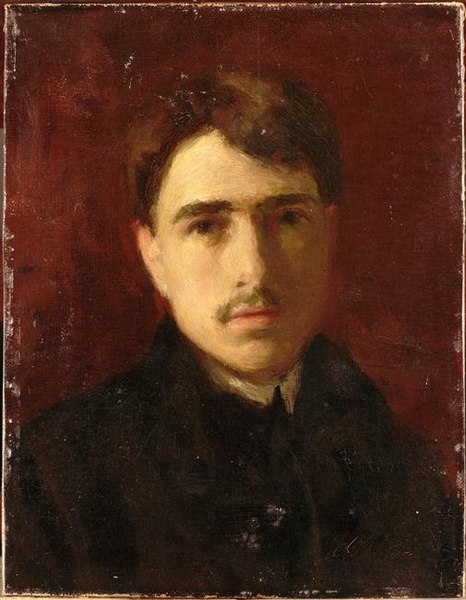
Roger de la Fresnaye was a French painter, a representative of Cubism in painting.
He studied at the Académie Julian in Paris and was fascinated by the art of Paul Cézanne. In his works Fresnaye synthesized lyrical color with geometric simplifications of Cubism.
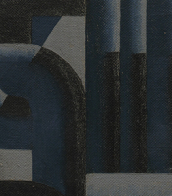

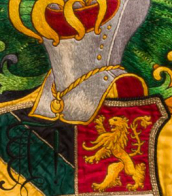
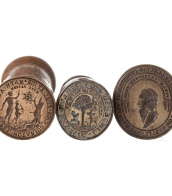








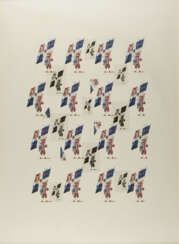

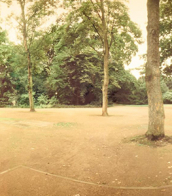
![[LIVRE DE FÊTES]](/assets/image/picture_3566967/3f1ad/e9d0794c6ec1ba831b8b757e89c237401700607600jpg__fix_374_244.jpeg)
![[LIVRE DE FÊTES]](https://veryimportantlot.com/assets/image/picture_3566967/3f1ad/e9d0794c6ec1ba831b8b757e89c237401700607600jpg__fix_374_244.jpeg)


![Pescatorea. Iconographie des orchidées, Brussels, Ghent and Leipzig [1854-]1860, green half calf](/assets/image/picture_3101725/5ea3c/umyudvcjed7reennd96zqdkjnucw1nn6tvbelkj0pjuomqka1m3r39e0psbu8pmv1694073747jpg__fix_374_244.jpeg)
![Pescatorea. Iconographie des orchidées, Brussels, Ghent and Leipzig [1854-]1860, green half calf](https://veryimportantlot.com/assets/image/picture_3101725/5ea3c/umyudvcjed7reennd96zqdkjnucw1nn6tvbelkj0pjuomqka1m3r39e0psbu8pmv1694073747jpg__fix_374_244.jpeg)
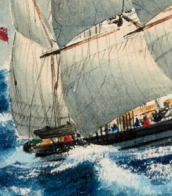




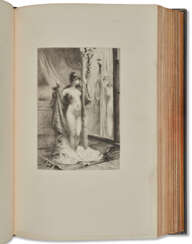


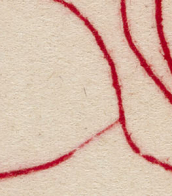
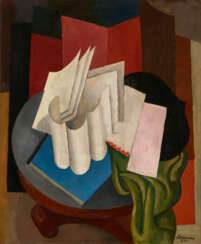



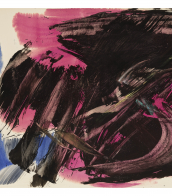


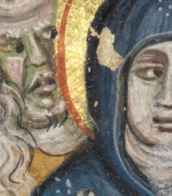
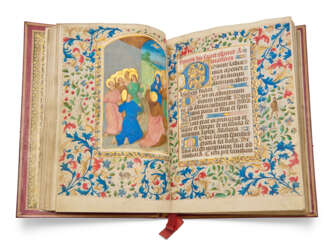

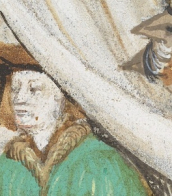
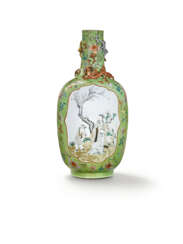

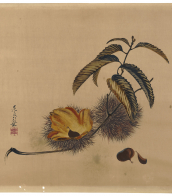


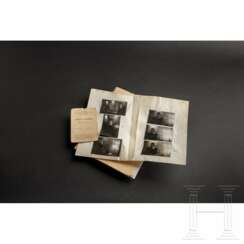





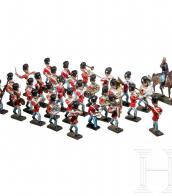
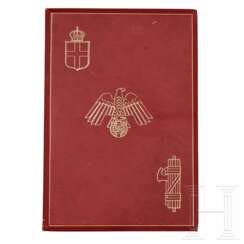

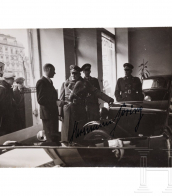



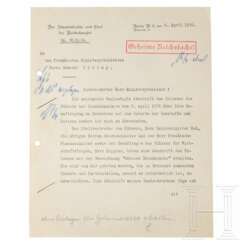



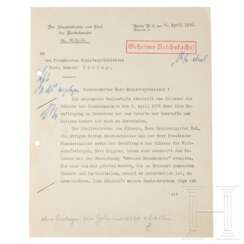



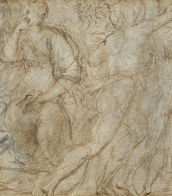
![[VAUBAN, Sébastien Le Prestre, marquis de (1633-1707)]](/assets/image/picture_3601557/4e357/lxe2nv2jvhdppszm1zilhiurbvzx9q9vxoyxgr52ta0ogi4zdn3-n-enqqjpdx1700207013jpg__fix_374_244.jpeg)
![[VAUBAN, Sébastien Le Prestre, marquis de (1633-1707)]](https://veryimportantlot.com/assets/image/picture_3601557/4e357/lxe2nv2jvhdppszm1zilhiurbvzx9q9vxoyxgr52ta0ogi4zdn3-n-enqqjpdx1700207013jpg__fix_374_244.jpeg)
